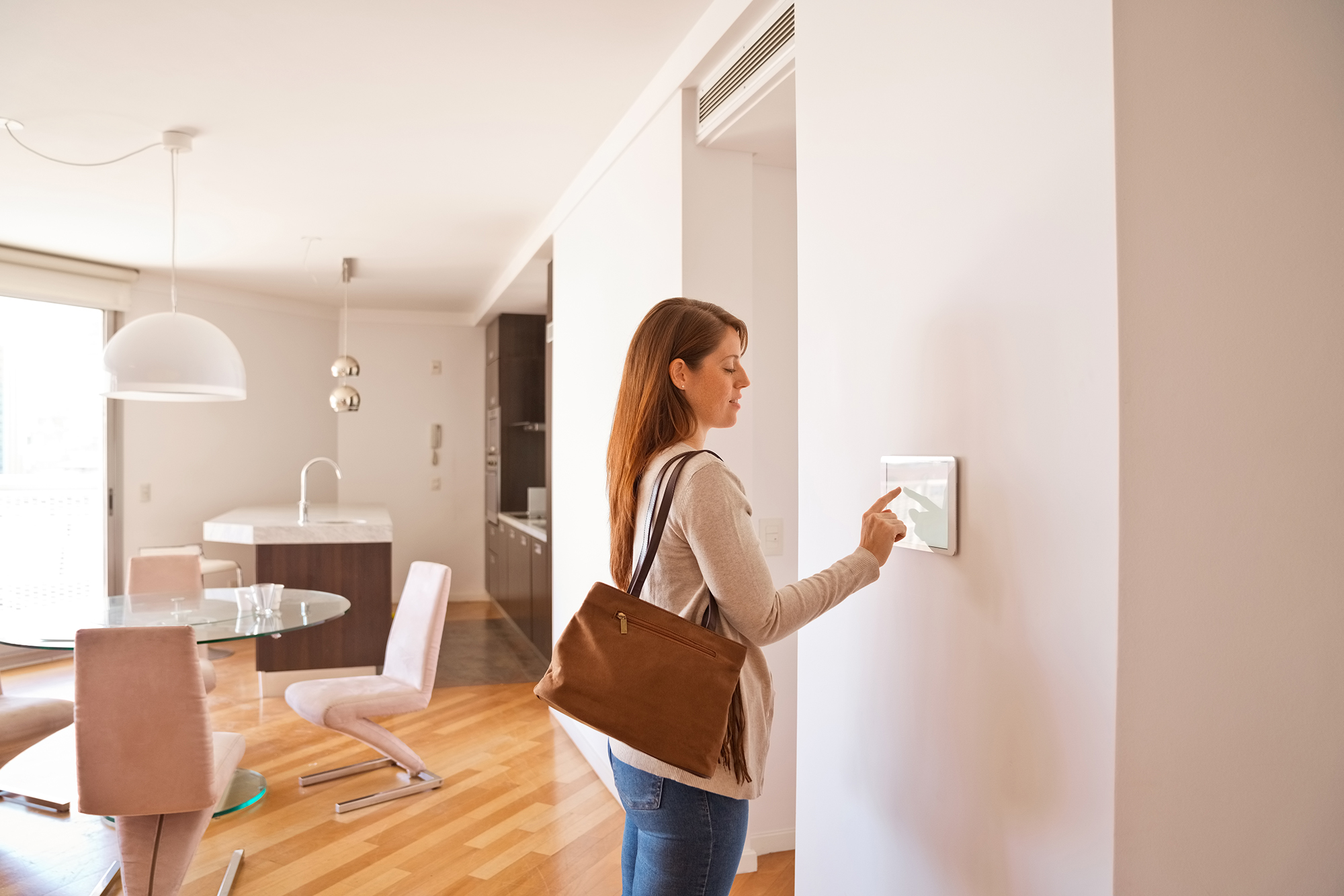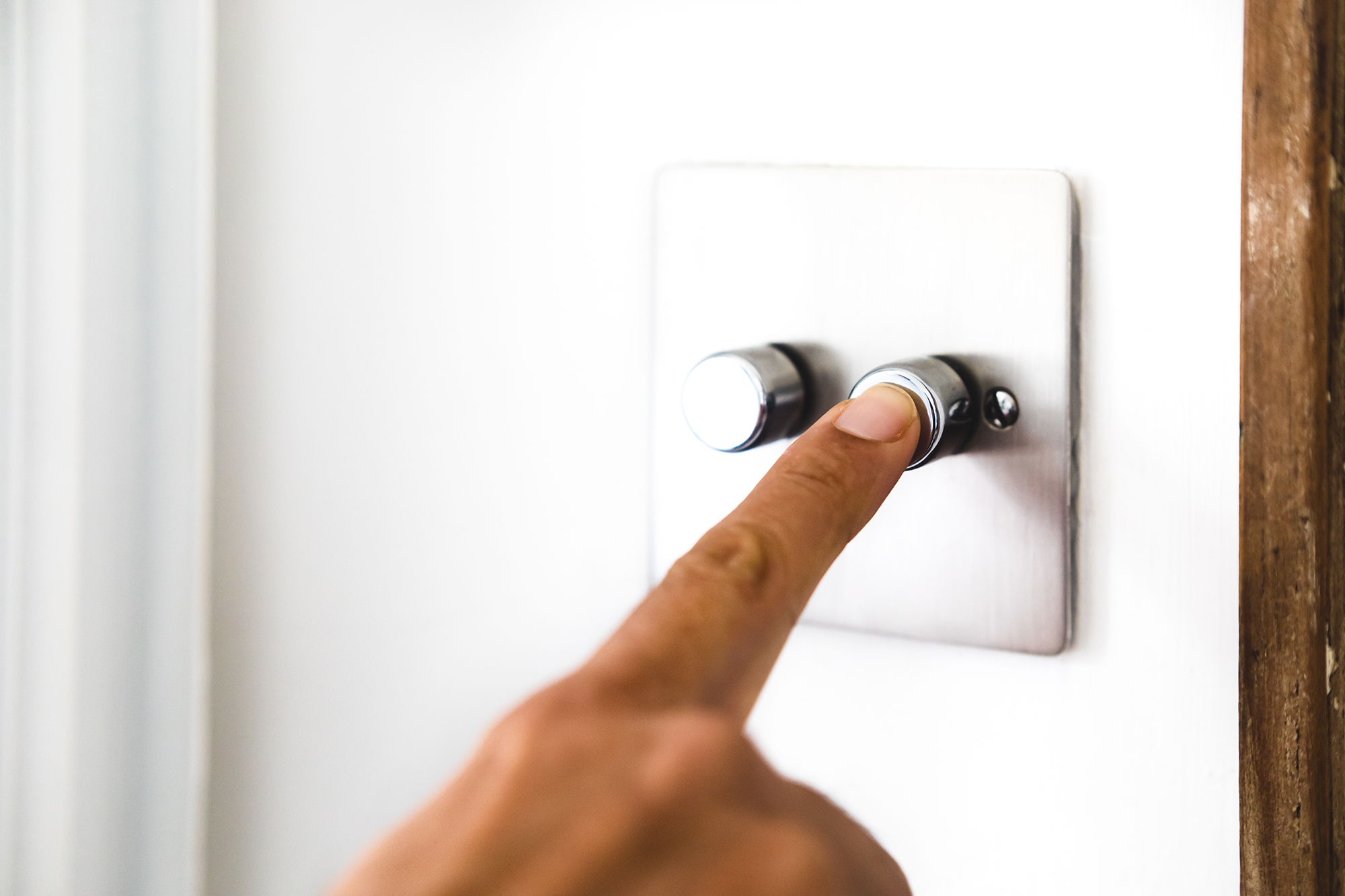
Burns & Webber recently announced our intention to become a carbon neutral organisation in 2022. As part of our journey, we’ll be actively looking at ways to reduce the carbon footprint of our business operations, but there’s also plenty we can do personally at home to reduce the impact our lives have on the environment.
All of us have a vested interest in being kinder to the environment, with almost all of us already taking the time to sort our rubbish into recycling or general waste wheelie bins. But there are simple things we can do in addition to this which can help make a difference. We’ve compiled this quick and easy guide to help you reduce your carbon footprint at home.
- Energy efficiency of houses in England has improved over the last decade. The announcement of the Green Homes Grant will help cut energy emissions further, which is important to many households.
- The average SAP EPC rating, used to calculate energy performance, is now 63, up from 53 in 2008. A third of dwellings are now in the highest EPC band, A to C.
- Green homes are something worth thinking about for landlords too – 86% of tenants said that an environmentally sustainable home is ‘important or nice’ to have.
What is Climate Change?
Climate Change, often referred to as Global Warming, is the name given to long term changes to temperature on and around the Earth’s surface, which causes long term shifts to weather patterns. Climate Change isn’t limited to one region, it impacts the entire planet.
Climate Change is causing polar ice sheets and glaciers to melt; and sea levels to rise leading to flooding. Extreme weather events such as typhoons and hurricanes are becoming more common, while other regions of the World experience more punishing droughts and heat waves.
The cause of Climate Change is predominantly increased levels of CO2 in the atmosphere. As CO2 increases, so too does average global temperatures.
A Quick History Lesson
As human society has developed, our energy requirements have grown. As fossil fuels have been the predominant source of energy, the global temperature has significantly and consistently risen since the Industrial Revolution and particularly steeply over the past 40 years. Increasing levels of human activity requires more energy, thus producing more cabon dioxide (CO2).
CO2 is measured in parts per million (ppm) which refers to how many parts of carbon dioxide there are in one million parts of air. Before the Industrial Revolution began in the late 1800’s, CO2 concentration in the atmosphere was measured at 280ppm. In 1958, CO2 concentration in the atmosphere had increased by 12% to 316ppm.
In the past 800,000 years, before the Industrial Revolution, CO2 had fluctuated between 180ppm (when the Earth was in an ice age) to a maximum of 280ppm in a warmer interglacial period.
Never in recent geological history and during the time in which humans have been on the Earth, has the atmospheric CO2 concentration been as high as it is today. In 2021, CO2 levels are currently recorded at 415ppm – a massive 31% increase in just the last 68 years!
The Intergovernmental Panel on Climate Change (IPCC) has warned of significant and permanent changes to our environment and biodiversity if average temperature increases can’t be held to below a 1.5⁰C increase above average temperatures in 1958.
What Difference Has The Coronavirus Pandemic Made To The Climate?
Over the course of the last year, all of the the countries that have the biggest impact on Climate Change have experienced some sort of public lockdown, resulting in massive reductions in transport and electricity usage.
The impact of the movement restrictions across the globe, have been forecasted by the IPCC to result in a 6% global drop in energy use, leading to 4-8% anticipated reduction in CO2 emissions.
If there’s one positive that has come out of the Covid-19 pandemic, it is this global reduction in energy usage. However, the same drop is required every year (until 2050) to assure that our planet remains under the 1.5C mark.
Quick Tips For Cutting Your Carbon Footprint At Home
In 2020 there are roughly 28 million households in the UK. The average family of 4 creates ten tonnes of CO2 emissions each year. Taking steps to reduce this figure not only contributes in a positive way to reducing the UK’s impact on Climate Change, but on a personal level, can also save you a significant amount of money on energy bills.
Here are our top 5 cost saving actions:
1. Hang out the washing instead of tumble drying
Hanging the washing out instead of using the tumble drier will save about 153kg of CO2 a year – that’s £52 each year, based on 150 cycles a year.

2. Turn down the heating by 1⁰C
Reducing your heating by 1⁰C can reduce your energy consumption by 8%. For an average household gas bill of 12,500kWh this will reduce your CO2 emissions by 184kg – that’s £42 per year.

3. Only fill the kettle with the amount of water you need to boil
Only boiling the amount of water you need for your hot drink will save 72kg CO2 a year – that’s £23 per year.

4. Spend less time in the shower
Spending 1 minute less in the shower can save 23kg CO2 and £8 a year (based on one shower a day and a 9kW shower).

5. Turn electrical equipment off when not in use
Fully turning off just one LCD TV (rather than leaving it on standby) for 18 hours a day will save approximately 5kg CO2 a year – a saving of £2 a year. Turn off all other electrical equipment when not in use to multiply the savings.

Just by making these 5 slight changes to way you live could leave to a total potential saving of 437kg CO2 and £127 per year!
More Ways To Cut Your Carbon Footprint
Improving The Energy Efficiency Of Your Home
Improving the efficiency of your home can also provide significant improvements in your family’s carbon footprint. If you’re planning on living in your house for many years, they can also end up paying for themselves in reduced energy bills:
- Fit energy saving light bulbs – LED bulbs can save 90% of lighting costs.
- Install thermostatic valves on your radiators.
- Replace your old refrigerator/freezer (if it is over 15 years old), with a new one with an Energy Efficiency Rating of A++.
- Replace your old boiler with a new energy efficient condensing boiler.
- Insulate your hot water tank.
- Instal cavity wall installation and 180mm thick loft insulation.
Travel Less For Work And Recreation
Short distance road transport makes up 11% of global emissions, so making changes in how and when you travel can have a significant impact on Climate Change.
- Car sharing may not be practical all the time, but for short journeys you may consider walking, cycling or even public transport.
- Try to reduce the number of flights you take.
- Ask if your employer will allow flexible working so you can work from home part of the week.
- Next time you replace your car make sure you choose a low emission vehicle. If you have the budget, consider getting a hybrid or full electric car.
Change Your Purchasing Habits
As well as your primary carbon footprint, there is also a secondary footprint caused by your purchasing habits. Making small changes to what you buy can have a significant impact in the longer term.
- Choose tap water over bottled water.
- Buy local and organic fruit and vegetables, or even try growing your own.
- Buy foods that are in season to reduce the amount of fruit and vegetables that have been flown in from abroad.
- Reduce your consumption of meat by introducing one or two vegetarian meals a week.
- Try to only buy products made locally.
- Recycle as much as you can and try to purchase goods with as little plastic packaging as possible.
We hope you’ve enjoyed these tips on how to reduce your carbon footprint at home. Burns & Webber are committed to achieving net zero emissions in 2022 so we hope you’ll join us on our journey.
In future articles we’ll be telling you more about how you can off-set your carbon footprint with the help of companies such as carbonfootprint.com. In the meantime, if you’re interested to find out more you can calculate your carbon footprint online.
Source: Dataloft, English Housing Survey


